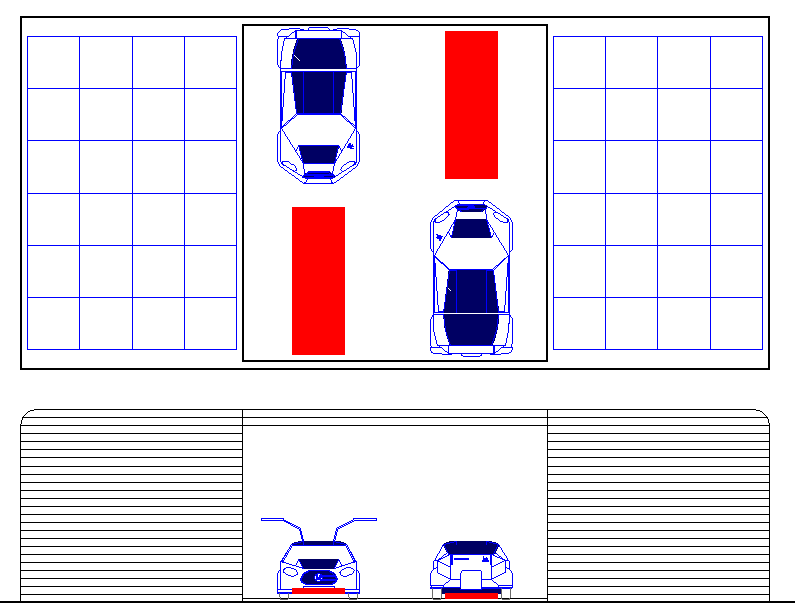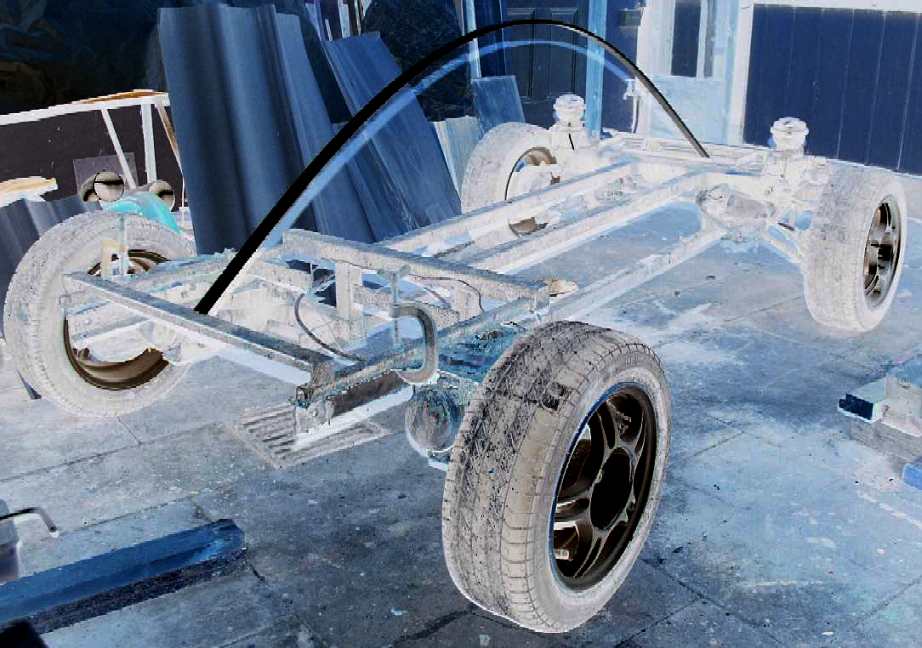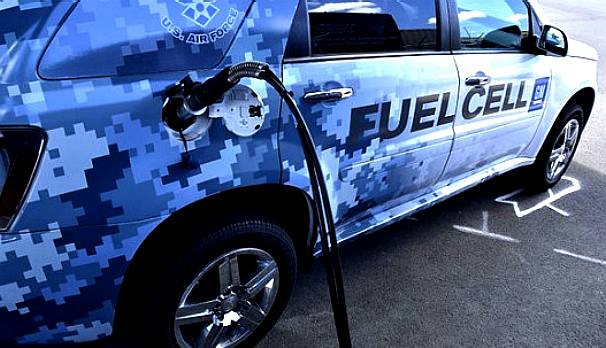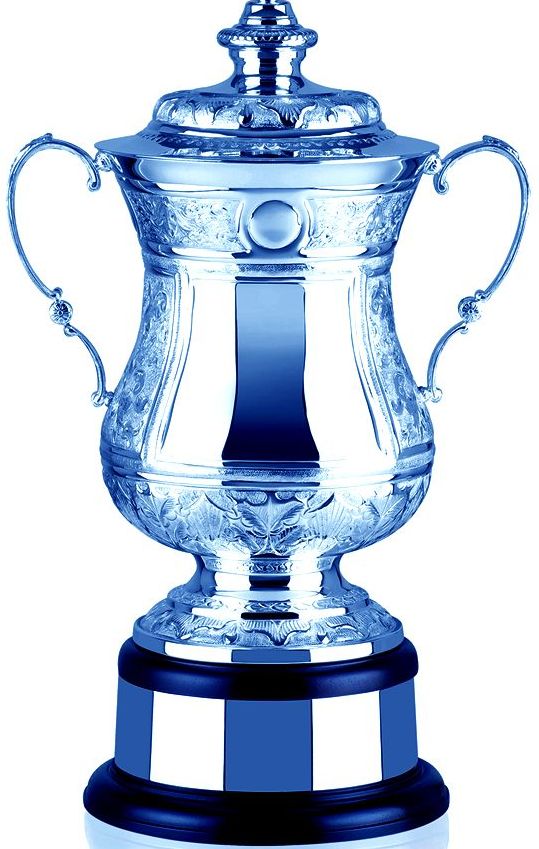|
BLUEBIRD™ - P.A.Y.D.
|
||||||||||||||||||||||||||||||||||||||||||||||||||||||
|
PAYD PAY AS YOU DRIVE
Ask any motorist and they'll tell you that the only reason they don't trade in their petrol cars for pure clean EVs is the range limitation of currently available vehicles.
If we had a range of pure battery electric vehicle designs from different manufacturers, their cars might also incorporate the PAYD intelligent battery management system.
This system for charging for energy at service forecourts calculates depreciation and energy costs for each motorist at every battery exchange. A Bluebird™ equipped motorist never has to buy a new battery. No big financial shocks lurk to catch out those wanting to drive clean cars.
Electric cars are cheaper to run. They don't pollute our cities and the energy delivery chain can be far more efficient overall.
If you are an energy company interested in supplying electricity for EVs equipped with the Bluebird™ cartridge exchange instant refueling system, we would like to hear from you.
Motor manufacturers who are interested in exploring the possibilities for this technology are invited to contact us with a view to consortium building. We will be pleased to advise if a particular floorpan of any of your production vehicles may be adapted easily to use the Bluebird™ cartridge refueling system.
EV MOTORING COSTS UK
What is the real cost of motoring these days? For a petrol or diesel fuelled car it is rising so quickly that any example we give here will probably be out of date when you read it. But as of the 1st of April 2014 with petrol in the UK @ £1.30 a litre, if your car returns 50 miles per gallon, then the cost of each mile in fuel alone is:-
4.55 x 1.30 / 50 =
To this you should add higher road fund duty, congestion charges, oil changes reciprocating engine maintenance (i.e. virtual replacement every 150,00 miles after emission testing) and the damage to our ecosystem. But let's stick to the basics for now.
The equivalent for an EV is not quite so simple but we can assume 5 miles per Kw/hr where for example the GM EV1 was returning 6 miles per Kw/hr in some tests. With the cost of electricity in the UK running @ 13.7 pence per Kw/hr and 4.6 pence on economy 7, once again it is safe to assume 14 pence per Kw/hr, even though we know energy may be sourced cheaper. Then the cost of each mile in electricity is:-
14 / 5 =
It's a no-brainer and only EVs can use wind and solar farm generated clean electricity; renewably long after the oil wells run dry. The sums still stack up in favour of EVs taking into account battery depreciation versus I.C. engine depreciation.
Motor manufacturers who are interested in exploring the possibility of collaborating to develop this technology should contact us. We will be pleased to advise if a particular floorpan of any of your production vehicles may be adapted easily to use the Bluebird™ cartridge refueling system.
EUROSTATION CONCEPT - The Ecostar DC50 is shown here to scale alongside a universal Bluebird™ energy cartridge of the form suitable for most supermini city cars of today. The Ecostar is a very small and low sports car. Whereas, the service station is designed to accommodate large vans. These drawings are to give you some idea of the size plot of land that is needed. The example service station is shown here with solar panels on the roof. There would be nothing to stop an operator from having other buildings and land with more solar panels to harvest renewable energy. In addition, a service station like this is a load-leveling device for power generating stations that are on tickover between peaks. You might ask why then, that there are currently no utilities looking at this project? The reason is that coal is much cheaper for them to burn, regardless of climate change - and there is nothing to stop them doing so. Because, 2030 Euro targets are not binding on member states. Check out the report by Business Monitor International. Note also, that it makes no difference which way around a vehicle enters the service tunnel. That is because a Bluebird™ energy cartridge may be loaded either way - and still connect electrically correctly. The design of the Eurostation is © copyright and the system' working are soon to be patent applied for - which is why we cannot show how we achieve a low-cost utility. Investors and development partners are invited.
NORWEGIAN EV ECONOMICS Feb 2014
Norwegians are buying more electric vehicles (EVs) than conventionally fuelled models. More than 1,200 EVs are now being sold every month in Norway. In the last three months of 2013 two EVs - the electric sports car Tesla Model S and the family electric Nissan Leaf - outsold all other cars.
Norway, a Scandinavian country of 5 million people, currently has around 21,000 electric vehicles (EVs) on its roads - giving it the world's largest per capita EV ownership.
This compares to 70,000 EVs among 313 million Americans and only 5,000 among 63 million Britons.
AIMING
FOR 1% PENETRATION
BLUEBIRD™ EV CARTRIDGE VERSATILITY
Other battery replacement systems do not provide any level of autonomy for the owner of an electric vehicle. They would be totally dependent on there being a service station, to be able to exchange or service their cartridges. With the Bluebird™ system, an owner may exchange cartridges at home, at a local shop or other cooperative, or at a service station.
This is only possible with a battery cartridge loading mechanism that is a part of an EV - built in. Yet the vehicle suffers no significant weight disadvantage with clever design. This also means that when Energy Companies build service stations in cities, etc, that the service stations designed to cater for the Bluebird™ universal battery cartridge are that much less complex, hence, cheaper. The cartridge system is compatible with battery or fuel cell technology. It is truly universal.
The ECOSTAR DC50 (BE4) is a two seat sports car with front wheel drive and 50kW direct current (DC) electric motors. The roof will carry solar panels to supplement fuel in cartridges as a range extender between instant energy transfer pit-stops. The cartridge may contain batteries, fuels cells, or a mix of batteries and fuel cells. The technology future proofs vehicles against battery and/or fuel cell advances - as an aid to the transition to a zero carbon lifestyle. The challenge for the ECOSTAR BE4 is to reduce the long standing 1 minute recharging world record, to less that 30 seconds. We know it is possible to get this down below 10 seconds, but our finances are running on empty, so we are aiming low. Watch this car turn into a motoring gem, as it rises like a Phoenix from the ashes. What color to paint it? The answer to that it there are no flies on us.
FCH JTI PROGRAMME
The Fuel Cells and Hydrogen (FCH) JTI is focused on securing long-term clean energy supplies for Europe in addition to the reduction of greenhouse gas emission from the energy and transport sectors. The JTI, a form of public private partnership between the European Commission and industry, was launched in 2008 with a budget of €940m and has sought to overcome major technological and infrastructure barriers in meeting these goals. The PPP has centred on developing methods of producing hydrogen using electricity generated from renewable resources and on developing fuel cells that more efficiently convert different types of fuel into electricity. The JTI involves 1,100 participants.
KEY
CHALLENGE
HORIZON 2020 - TRANSPORT RESEARCH & INNOVATION
Horizon 2020 is the European Commission’s proposal to generate ideas, growth and jobs through the world’s largest collaborative programme for research and innovation (2014-2020).
In the transport sector, the Commission will strive for a balanced approach in implementing the programme that takes into account the specifics of each mode (rail, road, waterborne and air transport) while remaining holistic; an approach which reconciles competitiveness with sustainability and which invests both in technology and in relevant socio-economic research.
The four main priorities for transport research under Horizon 2020 are:
3.
Keeping transport competitive: the European transport industry as a global leader. 4.
Making transport research responsive: socio-economic research and forward-looking activities for policy-making.
Horizon and Technology Strategy Board grants are thus sweeteners for academia and large corporations, to in effect protect their market dominance and so prevent new ideas emerging.
ECOSTAR DC50 LINKS A-Z INDEX
EXTERNAL LINKS & REFERENCE
http://www.theecologist.org/Norway_electric_vehicles_lead_the_car_market http://www.horizonhydrogeneenergie.com/ http://www.fch-ju.eu/news/new-website-programme-horizon-hydrog%C3%A8ne-energie-h2e http://horizon2020projects.com/sc-transport-interviews/storing-energy-in-horizon-2020/ http://horizon2020projects.com/sc-transport-interviews/powering-the-future/ http://cordis.europa.eu/fp7/ideas/home_en.html http://cordis.europa.eu/fp7/ideas http://ec.europa.eu/programmes/horizon2020/en/ http://ec.europa.eu/transport/themes/research/horizon2020_en.htm http://www.agnimotors.com/site/ http://www.wired.com/autopia/2012/09/formula-e/ http://www.telegraph.co.uk/finance/The-electric-cars-of-the-future.html http://en.wikipedia.org/wiki/Pendine_Sands http://en.wikipedia.org/wiki/Bluebird_Electric_2
+44 (0) 1323 831727 +44 (0) 7842 607865
Ask for Terry
THE BLUE BIRDS OF HAPPINESS
The Blue Bird World Cup trophy is awarded to the team that accrues the most points in a given time frame against the Cannonball International ZEV Run series, the rules of which are HERE.
ENERGY GENERATING-DISTRIBUTION UTILITIES
|
||||||||||||||||||||||||||||||||||||||||||||||||||||||
|
This
website is Copyright © 2014 Bluebird Marine Systems
Limited.
The names Bluebird,
Ecostar BE4™, Utopia Tristar™
and the blue bird in flight
|







